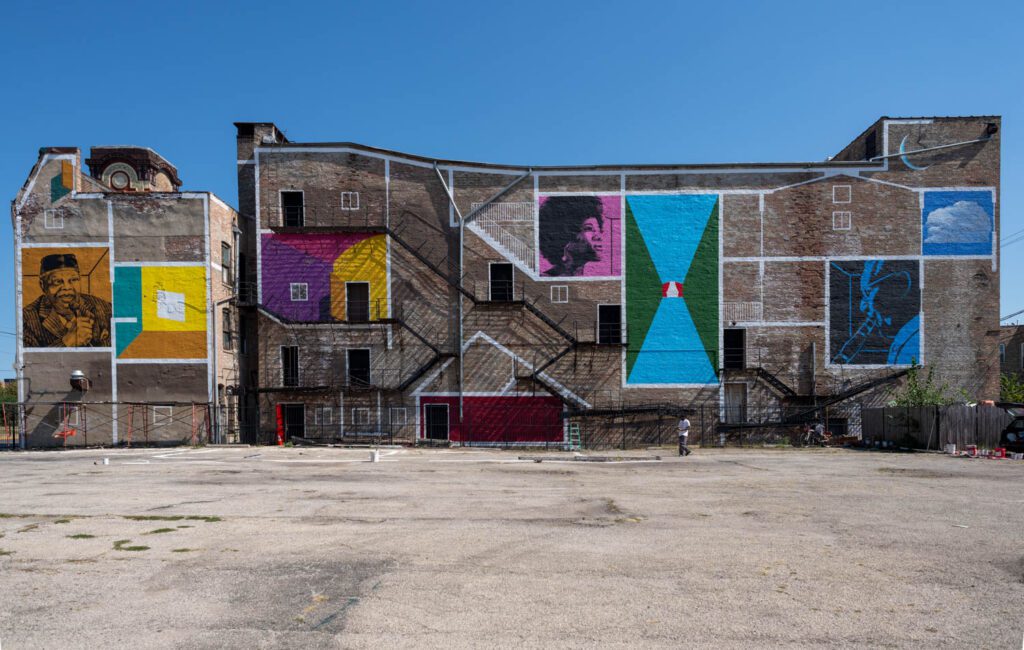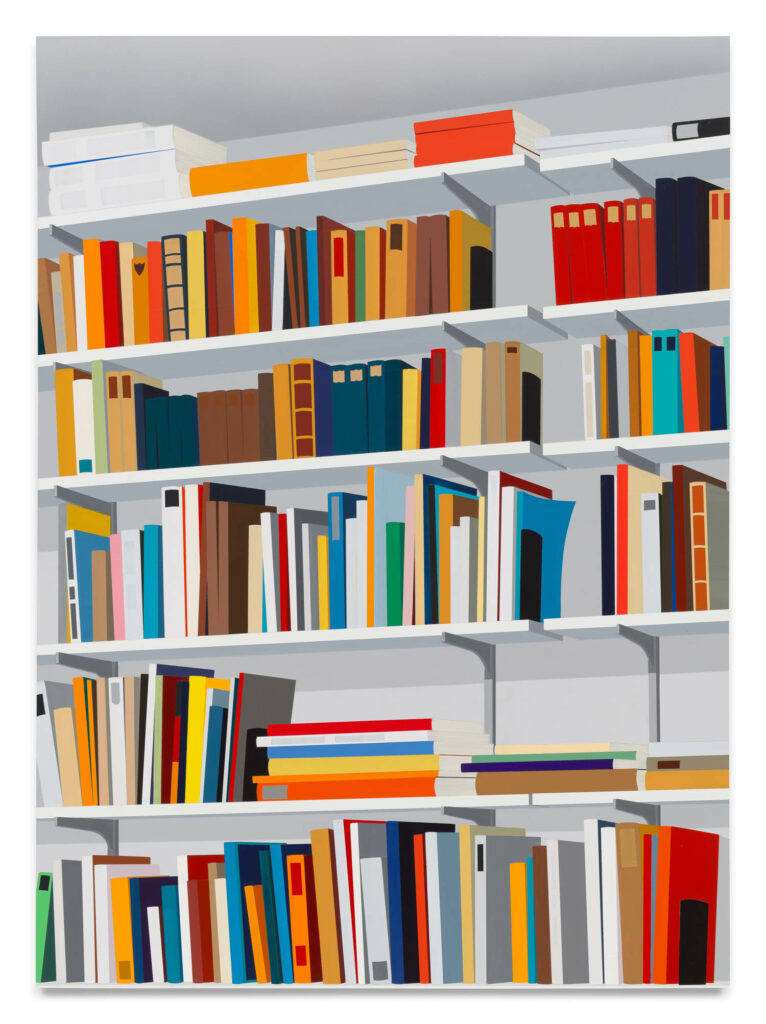
10 Questions With… Rana Beiruti
Rana Beiruti is an Amman-based freelance curator, working at the intersection of art, architecture, and design with a special interest in community development and land-based and social practices. Beiruti co-founded and directed Amman Design Week, the largest non-commercial biennial for design in the region complemented by year-round exhibitions, learning programs and cultural events. Since stepping down as the director of Amman Design Week in 2021, Beiruti has been focusing on more personal research projects, such as the exhibition she recently curated for Darat al Funun (The Khalid Shoman Foundation) in Amman under the title of “Re-rooting,” which runs until the end of July and showcases projects related to water politics, agro-ecology, and extractive land-based practices. She recently curated a Jordan collection of home objects for international design platform Adorno, which features work by 10 Jordan-based designers and design studios, and is currently working towards an exhibition on textiles and tactile arts that will take place at the Lakum Art Space in Riyadh in Fall 2022.
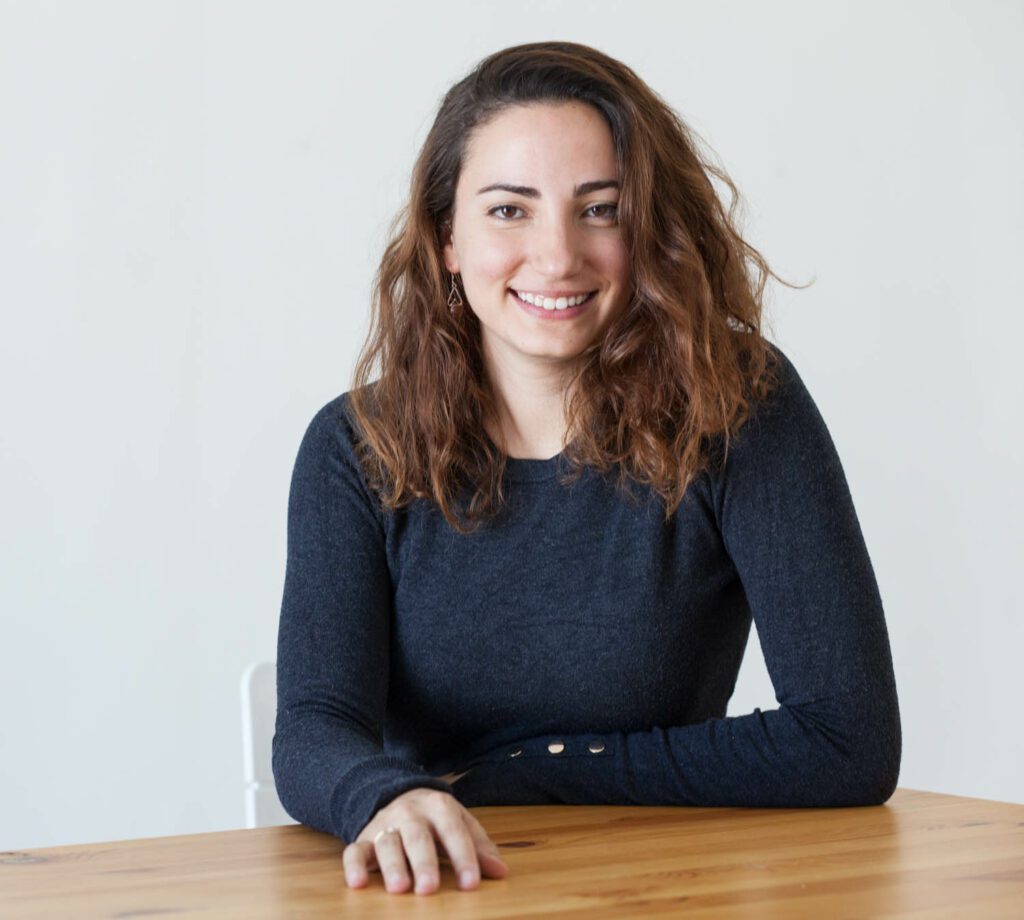

Interior Design: Can you tell me what your current exhibition Re-rooting is about? And what drew you to curate it?
Rana Beiruti: Re-rooting is a group exhibition of projects that highlight interventions, dialogues, and reflections, conducted at a local scale, that subvert and transform systems and pre-conditioned understandings of the three most pressing concerns in Jordan today; water politics, agro-ecology and extractive building practices. The ecological damage that is being inflicted on our planet is a global issue, but I really wanted to look at it from a local lens and focus on the current reality that we are facing in Jordan as a result of geopolitical influence, as well as land-use and water mismanagement. While all of the works in the show highlight an issue of utmost importance that affects the daily lives of people living in Jordan, they also all show an intimate new relationship forming with the land and its potentials. A lot of the works in the show are not artworks and not all of the exhibitors are disciplined artists; there are works by activists, farmers, herbalists, foragers, chefs, architects, photographers and filmmakers. However, the works show a series of interventions in the real-world, and show forms of self-determination and autonomy performed by local communities. The 20 participating exhibitors all reside in Jordan, with the exception of one artist who resides in Palestine.
ID: Can you explain why extractive building practices, along with water politics and agro-ecology, are some of the most pressing concerns in Jordan today?
RB: Extractive practices in general refer to the unrelenting consumption that is brought on by capitalist power structures that propose an all take and no give to the environment and the land. This also applies to building practices; the way we build our cities and buildings in a way that does not give any consideration to the destruction of habitats, the existence of other species and the ecological damage of these practices. One important piece in the exhibition is Khalid Al-Bashir’s video “Un-forming Zionism” in which he takes a system’s approach in analyzing the building of the Haifa Hospital and focuses on the various factors and dynamics that led to its construction in a very extractive manner; the use of material (primarily cement), labor and funds. Other artists showed alternative ways of living in the city, like Tayyun Research Studio’s “Insect Hotel,” which proposes structures for interspecies living in the city or Abeer Seikaly’s video “Matters of Time,” which draws a comparison between temporariness and permanence in architecture in the context of desert environments, and between the use of renewable resources (in this case goat hair in tent making) vs. non-renewable materials and building practices that violate the landscape.


ID: What is an example of self-determination and autonomy in the exhibition?
RB: The work of Zikra for Popular Learning and their project Al Barakah Wheat, which is one of the main focuses of this showcase. Of course, we can’t talk about ecology without looking at agricultural practices, and we can’t look at agro-ecology without speaking about wheat. Once considered the nucleus of wheat cultivation, and the place where the oldest bread loaf was found, Jordan today produces less than 2% of its need as opposed to the 200% it produced in the 1960s. This is a result of globalization, economic reform programs and US “wheat dumping” policies that left local farmers unable to compete. Meanwhile, agricultural lands became heavily fragmented and lacked the adequate policies to protect them from urbanization. Commercial bakeries replaced homemade bread, and the cultural practices that bound communities around the harvest ceased to exist.
The Al Barakah Wheat project is a community project that aims at reviving the wheat harvest practice by planting native varieties of wheat in empty public plots of land in the city. The project also works on restructuring the current economic system for local wheat, by connecting small-scale farmers to alternative markets (such as bakeries and restaurants), that are economically feasible. This exhibition is an invitation to reflect on the political and social history of wheat in Jordan, its role as a generator of relationships between people and land, knowledge, moral value, art, and living economy. It looks at how wheat can be a catalyst to a process of liberation that begins in the kitchen.
ID: A lot of your work now focuses on lost, stolen or erased pre-colonial knowledge, techniques and resources and exploring those in a new light using contemporary tools and sustainable practices. Can you talk a little about that?
RB: I believe there is a generation that has lost touch with the land, and with that the practices and knowledge of its potential and resources. There is a narrative that Jordan is a resource-poor country, and with this exhibition I set out to show that this is not the case. It is in fact a rich and abundant country, and I do see the potential in relying on some of the knowledge that we’ve built and forgotten over the years to discover new avenues of coexisting with each other and with other species on this planet. This is what the exhibition title, “Re-rooting” is all about, it is not a nostalgic “return to our roots,” but a process of building new channels of connection with the earth. This is where I find a connection between art and design, where both inquire why the status of the world is as it is, and seek to highlight new possibilities. Incidentally, the theme of the last Amman Design Week in 2019 had a similar theme, “possibilities,” which also asked not about what is, but what could be.
ID: How would you describe the current Jordanian design scene? What are its influences and what characterizes it? Has it changed and grown a lot in recent years?
RB: Design in Jordan is definitely going through an evolution and coming into its own identity. There is a lot more maturity in the way design is approached, and a deeper understanding of conscious practice that is non-violent, non-exploitative, and a friend to the environment. It’s never been about shiny lights and flashy objects, but always been a steady, solid, and raw manipulation of materials. While designers in Jordan have been accustomed to reusing and recycling existing material, we’ve moved far beyond the primitive upcycled aesthetic and are seeing re-use being redefined in a contemporary manner


ID: What are the challenges local design and architectural talent face in terms of resources and other challenges? What are the positives for budding designers, architects, creatives?
The design scene in Jordan is flourishing with its creativity and resourcefulness despite pressures from globalization and the fluctuating markets that we are witnessing with the current issues facing the globe; from the pandemic to wars to climate change. Over the past years I’ve been involved in several incubator-type educational programs that simultaneously challenge and inspire new ideas with regards to creating a conscious design practice in Jordan. My philosophy has always been to look within for a wealth of possible resources, materials, techniques, and collaborations which can spark new ways of thinking about design and art. These programs are based on a curiosity and investigation into local resources and creating links with local craftsmen and makers.
ID: On to your Adorno collection. Why did you call it Departures?
RB: This collection features designers based in Jordan whose works present a form of departure from the traditional to the contemporary. The collection is presented as a voyage into futuristic forms; a dream of the future that is rooted in the earth. It consists of a series of vessels, balloons, capsules, and bodies that are born from an exploration of the earth’s materials, forms, textures, and tones. When people think of design from Jordan, they immediately think of craft, and mostly very traditional crafts and geometric patterns. While the collection draws inspiration from the traditional techniques that define design in Jordan, it also shows a more contemporary side of Jordanian aesthetics that are inspired by our landscape and surroundings, where the designers have produced new forms that are fluid and curvilinear. There’s a strong sentiment of craftsmanship—items that are hand felted, hammered, or chiseled—but the innovation is visible in the final form.
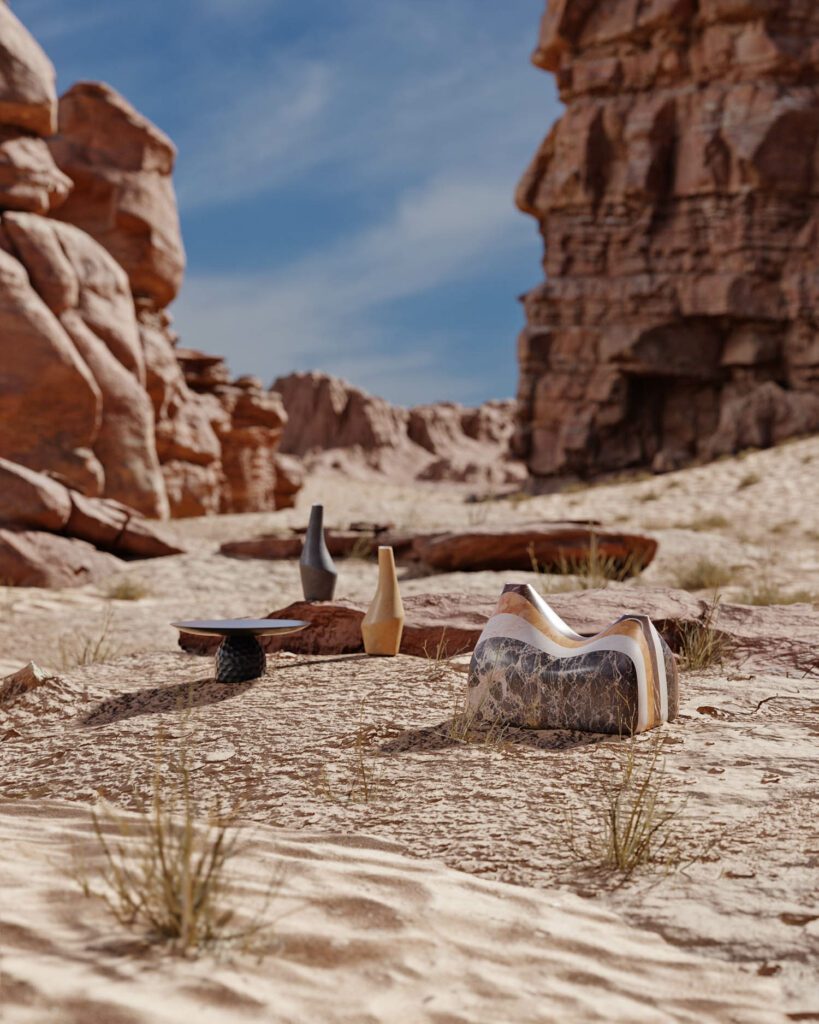

ID: How did you make your selection for the Adorno collection?
RB: I was really looking at form and volume with this collection. I wanted to create a balance between a collection that is serious, earthy, and solid in its presence, with something light, fun, and playful. In this collection, you see a variety of materials—stone, wood, clay, metal, and wool. The strength of design in Jordan is how designers are able to innovate with locally available materials to make stone look light, and textile look sturdy. While there is a raw aesthetic and approach to design with the color palette that keeps it familiar and grounded, there is also a playfulness in the contours, forms, and asymmetries that mimic nature in the pieces. In a way, the familiarity captures the crafts of the past, but the resulting objects speak a contemporary language.
ID: Tell me about the Wadi Rum desert virtual environment that you used as a backdrop to show the pieces?
RB: A big part of Jordan’s richness is its natural beauty and environment. There are four principal bio-climatic zones in Jordan, which produce a variety of landscapes, from woodlands to salty seas to arid deserts. I think with such a collection composed of earthy tones and natural materials, it was important not to box them into an architectural framework, and to leave them under sunlight in order to showcase the textures and colors. Wadi Rum in particular has been often associated with extraterrestrial landscapes. Looking at the collection, and particularly pieces that designers have named “jupiter” and “capsule,” I see something a little dreamy and interstellar about the works. I thought it was ironic to have a collection so other-worldly situated in this landscape which is very much a reality on planet Earth.
ID: What is one of the most exciting developments in Jordan in recent years in terms of design, architecture, the arts would you say?
RB: While the pandemic slows everything down, I would say what I find is most exciting is how many new initiatives are mushrooming out of the boom that was created by Amman Design Week, whether it is new support programs and funds, or new educational projects. More excitingly, there have been a series of pop up markets and events that bring forward new designers and initiatives, which I always love to see. Jordan has a very youthful population, and each year new graduates come on the design scene and they always bring fresh ideas.
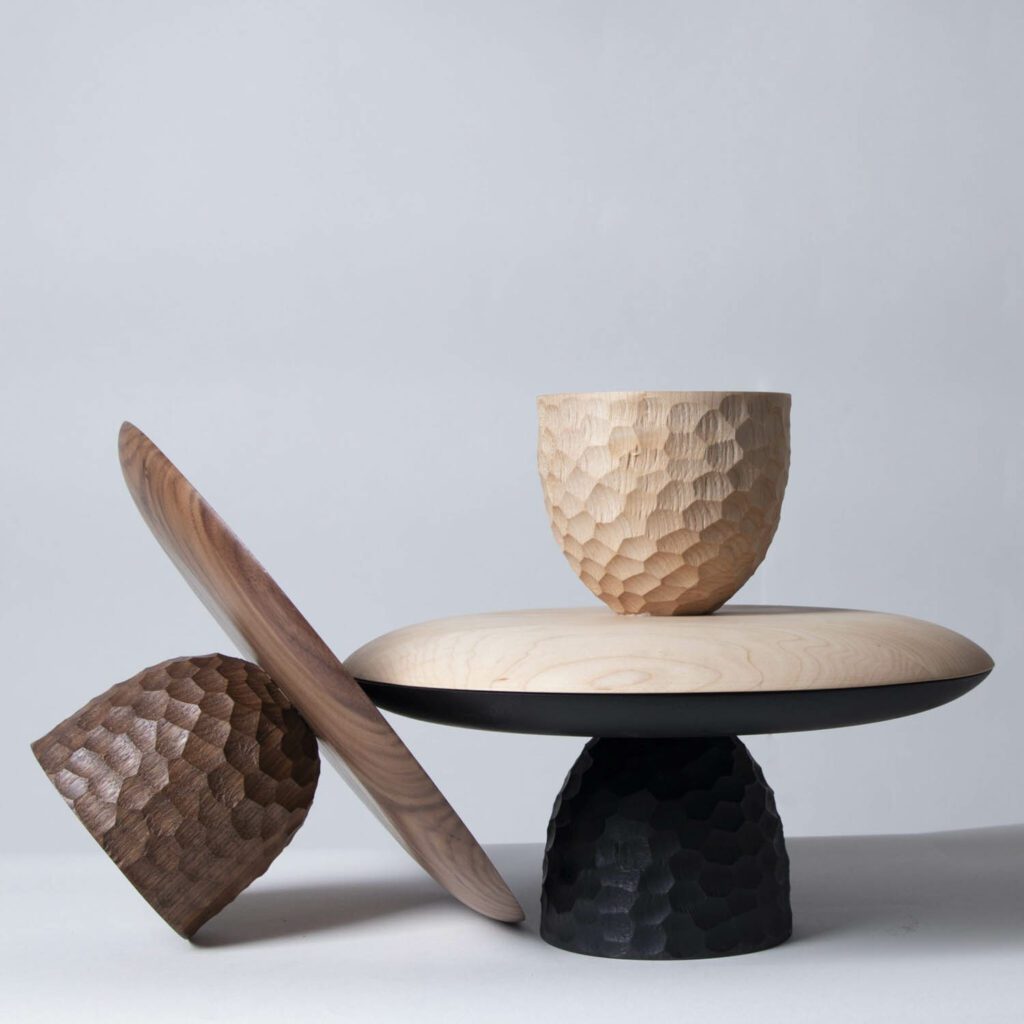

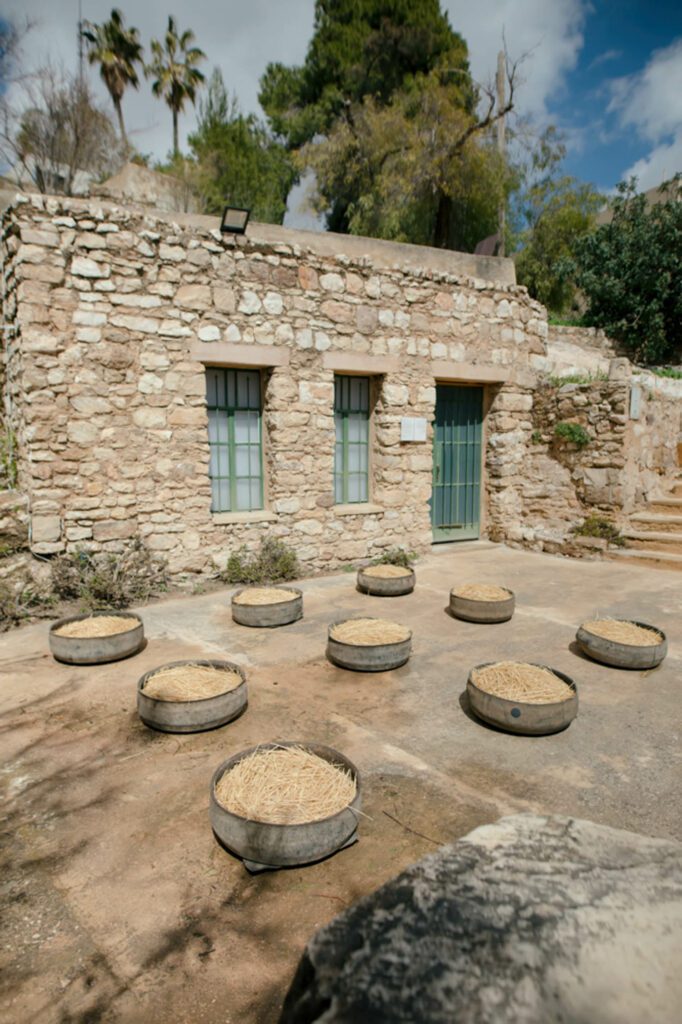



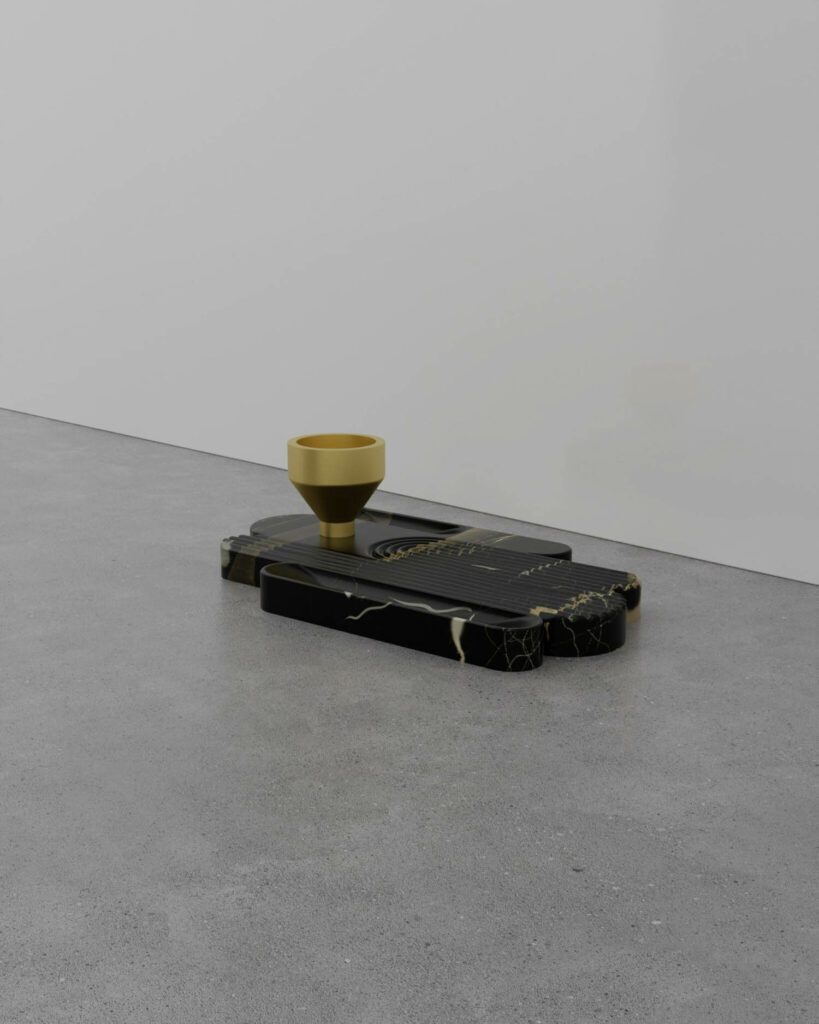




read more
DesignWire
Highlights from Amman Design Week: Where Tradition Meets Modernity
In its third edition, Jordan’s Amman Design Week showcased work from 13 countries responding to the overall theme of “Possibilities.”
DesignWire
10 Questions With… Dima Srouji
Dima Srouji is a Palestinian architect, designer and educator currently based in Ramallah whose inter-disciplinary and research-based work focuses on uncovering hidden and silenced histories and narratives. Though not cu…
DesignWire
10 Questions With… David Brown
David Brown talks with Interior Design about church acoustics, the difference between the available and the vacant, and the possibilities of the temporary.
recent stories
DesignWire
10 Questions With… Painter Daniel Rich
North Carolina and Berlin-based painter Daniel Rich shares the details behind his geometric interiors and what he sees inside architectural forms.
DesignWire
Behind the Mic: Get to Know Jeremiah Brent
What does Jeremiah Brent, interior designer and host of the Ideas of Order podcast, have to say about home? It turns out, quite a lot.
DesignWire
Design Icon and Hall of Famer Gaetano Pesce Dies at 84
Gaetano Pesce, a visionary designer, artist and sculptor who enchanted the world with his unique sense of materiality, has passed at 84.


